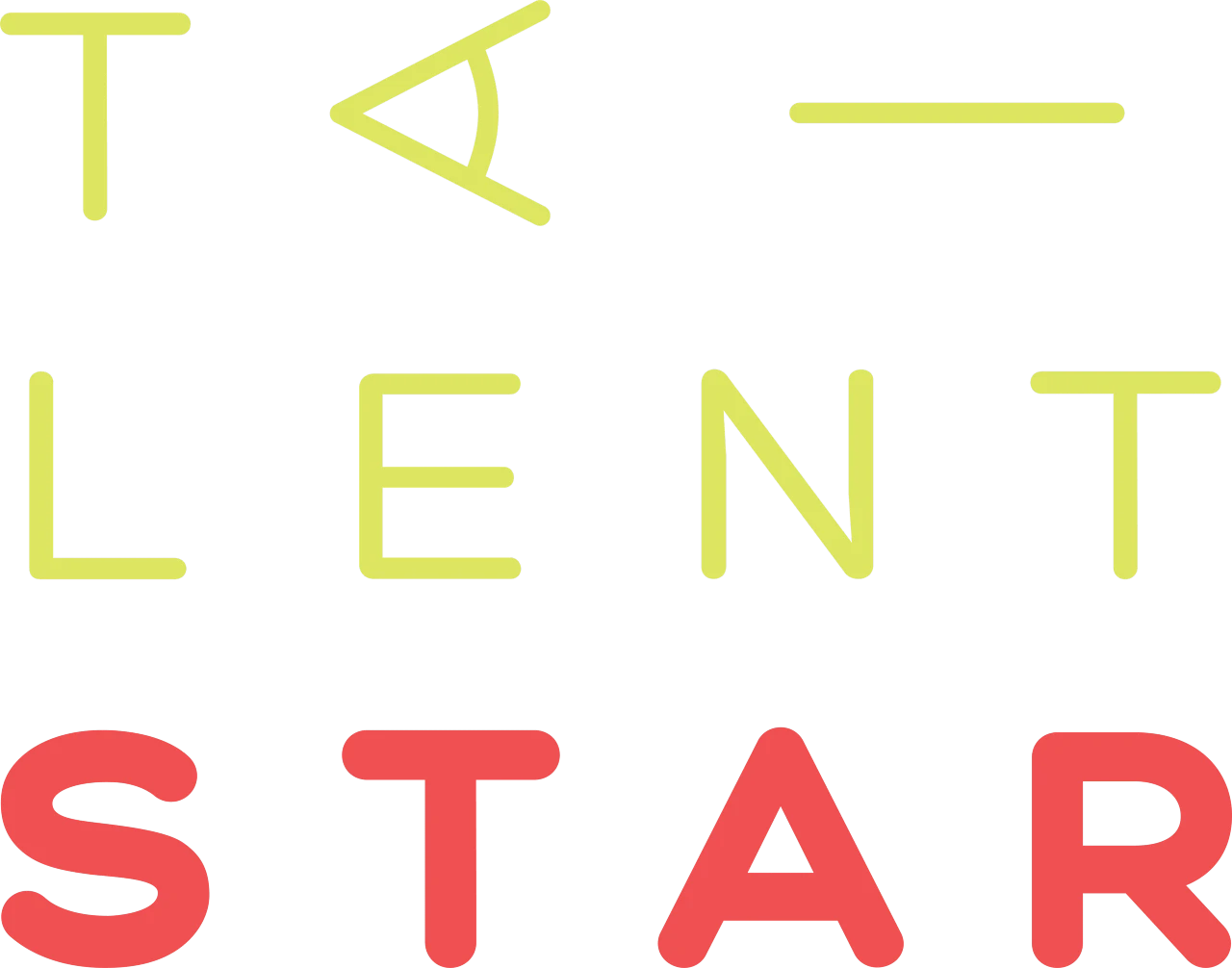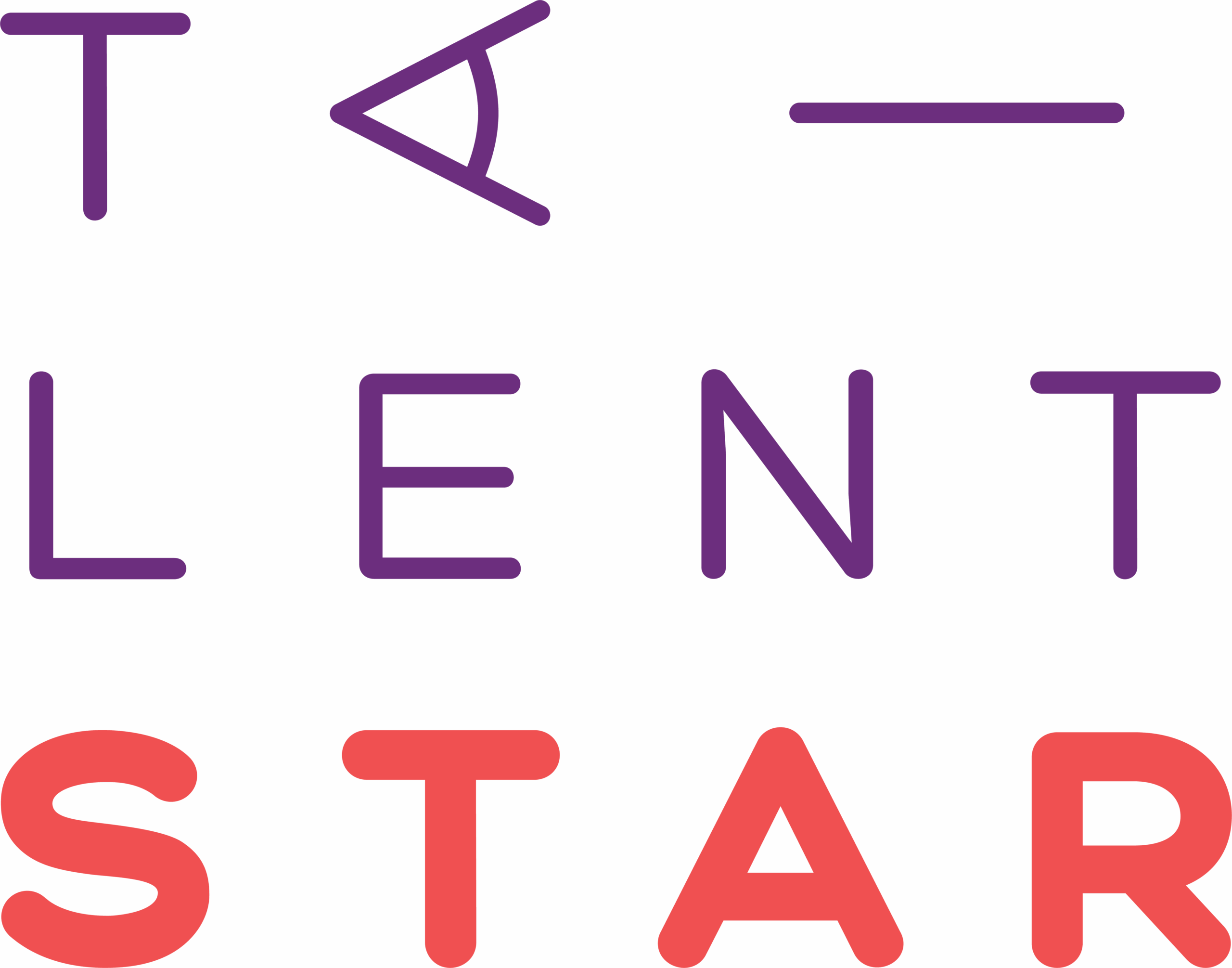
Your Next Job: Step 7
This is the conclusion of a series of Talentstar Spotlight posts on “When your new job is to find your next job.”
So far, you’ve taken six steps to open the door to new opportunities —
Step 1 –
You researched potential employers to learn more about them — not just their work, but their leadership, organization, culture, and experience.
Step 2 –
You created a master list and then began connecting the dots between yourself and the companies in which you are interested — looking for correlations for additional action.
Step 3 –
You crafted the message that you (and your connectors) want to share with the potential employers that you have targeted.
Step 4 –
You updated your professional credentials to be able to win the job(s) you want.
Step 5 –
You looked ahead to the future of specific market sectors and client types and then reframed your background and experience to be relevant and future-forward.
Step 6 –
You took a critical look at how you can help a potential employer be more successful, and then you created a great story to help those employers understand what you do and why it should matter to them.
What’s next?
Step 7: Rainmaking vs Marketing
There is no question that if you can bring in work, you will be more likely to find opportunities – either with potential employers or in potential alliances or partnerships. But everyone is not a rainmaker — someone with the ambition and talent to bring in work.
Everyone can be a marketer, especially today.
50 years ago, there were ethical bans on self-promotion and advertising — it was considered to be unprofessional. But even then, architects and other professionals were talking to clients, building relationships, and sharing brochures and monographs. Making friends is as natural as breathing, and starting in kindergarten, we learned to share information and stories with “show and tell.”
Think about how you became involved with your children’s school or soccer team, or a volunteer organization like Habitat for Humanity. Or working out with a buddy. You started talking to someone, and you discovered things that you liked to talk about and do together. Sound familiar? You’ve probably been doing it for years.
When a friend asks you for a suggestion about a great place to get BBQ or a wonderful yoga studio, you are happy to help them. If you make comments on Yelp, belong to NextDoor.com, or like/share a post on a social media platform, you’re helping others via crowdsourcing — sharing your information and ideas openly and freely.
Congratulations — You’re a Marketer!
Marketers build on networks, image, ideas, and capabilities. As a marketer, you create links with people (buyers or clients) and open doors of opportunity for a service or product (yourself and your firm). As you do it, you learn how to share information through a more sophisticated level of “show and tell” — stories and visual communications.
Marketing can be strategic — like targeting markets and clients or creating service offerings — or it can be in the details — like remembering a client’s birthday. Marketing is easiest when you really like what you’re doing — what we call affinity marketing — something that makes you happy and eager to share your enthusiasm. Affinity marketing doesn’t feel like marketing — it still requires mindful awareness about potential opportunities, but like Marie Kondo’s Method for decluttering, it should spark joy.
Another Option — the Seller-Doer
Let’s gain some insight about the role of the Seller-Doer from an expert, Scott D. Butcher, FSMPS, CPSM, Director of Strategic Growth Advisory for Stambaugh Ness. If you’re “on the front lines of interacting with clients,” then you are either in this role or have the potential to take it on.
Seller-Doers: The Front Lines of AEC Client Experience by Scott D. Butcher, FSMPS, CPSM

For more information, contact Scott D. Butcher at StambaughNess.com
Now Open the Door to Opportunity
In order to find the best next job for yourself, you might want to consider your current job. Now that you’ve taken a critical look at who you are and what you could do, what opportunities might exist for you within your company today? What additional training might help you be more successful? What additional relationships should you be building? Although the grass may look greener on the other side, that’s not always the case. You have already developed significant experience and relationship capital in your current job. How can you leverage it?
You’ve completed the process we outlined, and you created a new way of talking about yourself and what you do. Now apply this to your career development, whether in your current company or in a new one. As you talk with your colleagues and build your personal “C-Suite,” make notes about things that interest you, then look for others who are interested, too. The relationships that you build may lead to future projects and promotions, but they are also likely to lead to happiness and much more.
Tip #7: Don’t promise more than you can deliver. But it never hurts to be aware of possibilities.
One More Story
When I was growing up, my father was a professional executive with the Boy Scouts of America (BSA). He had three responsibilities:
- Develop and manage the Sea Scout program for the local Boy Scout Council — recruiting leaders and Sea Scouts, as well as helping them develop programs that combined adventure and opportunities for leadership.
- Do fundraising for the local Council — identifying connections and building relationships with people who were interested in the Scouting program, whether as donors or as participants.
- Lead and manage construction of Boy Scout camps — recruiting leaders and Scouts to join work parties for specific projects, as well as sourcing the materials with which to build (often donated or provided at a discount).
I always say that I grew up in the non-profit side of construction, but I grew up with a solid understanding of marketing, too. My father was an ambassador. He loved what he did, and it was evident in his voice, his stories, his engagement, and his enthusiasm. And it was contagious, in the best possible way.
And Finally —
Remember that architecture and design are the only professions that see opportunities and then deliver value in physical form, translating ideas into three-dimensional reality. While design is sometimes seen as a luxury, we literally can’t live without it.
Thank you so much for reading!
Here’s an index to all of the articles in this series:
Step 1: Market Research – posted
Step 2: Mapping – posted
Step 3: Market Positioning – posted
Step 4: Professional Credentials – posted
Step 5: New Market Opportunities – posted
Step 6: Presentation – posted
Step 7: Rainmaking vs Marketing – posted
If you have suggestions, please reach out to us via LinkedIn or email.
For more help with your career and professional development, check out our HELP DESK.
Suggested resources:
- Back in 2009, Seth Godin (the bestselling author, entrepreneur, and agent of change) wrote a blog post on “slack” time – how you can invest in yourself “to build a marketing asset that you’ll own forever.” If you haven’t signed up for Seth’s Blog, now’s a great time to start.
- Archinect offers a feature section on Employment. It includes a link to “How to Use Archinect to Get a Job: Optimizing Your Profile with Your Current Portfolio and CV.”
- Bloomberg has feature stories on architecture and the built environment, as well as the economy. Check out CityLab Daily.
- DesignIntelligence publishes excellent insights and information on the AEC industry. They have recently made their publications available for download.
- Monograph is not just a practice operations platform for architecture and design firms. It’s a team made up of architects, landscape architects, designers, and technologists focused on building tools for the AEC industry. Their Best Practice Webinars provide opportunities to hear insights from industry experts, and their Blog provides more information about all aspects of professional practice.
* * *
Our original article was published in 2009 by Kristen Richards in ArchNewsNow with the featured photo. Today, we pay special tribute to Kristen for her support and enthusiasm over the many years that she was active in the world of architecture and design. She was a wonderful friend, collaborator, and mentor to so many of us, and her memory lives on.

